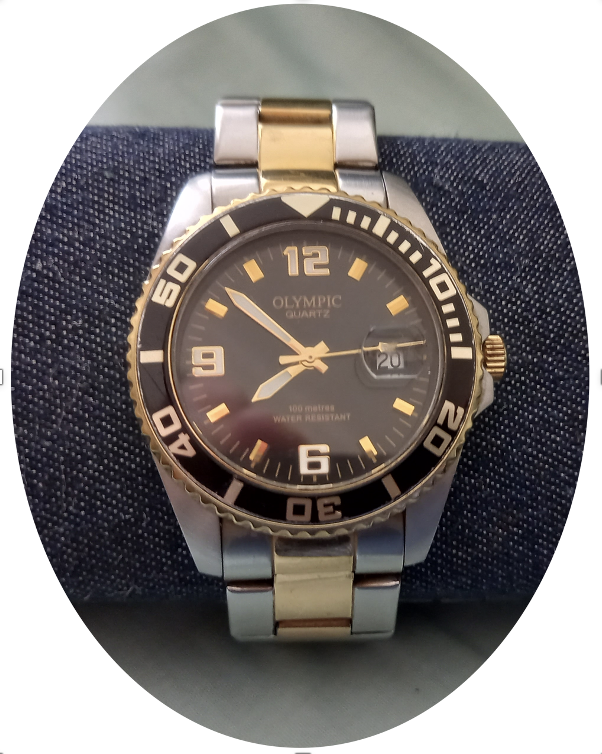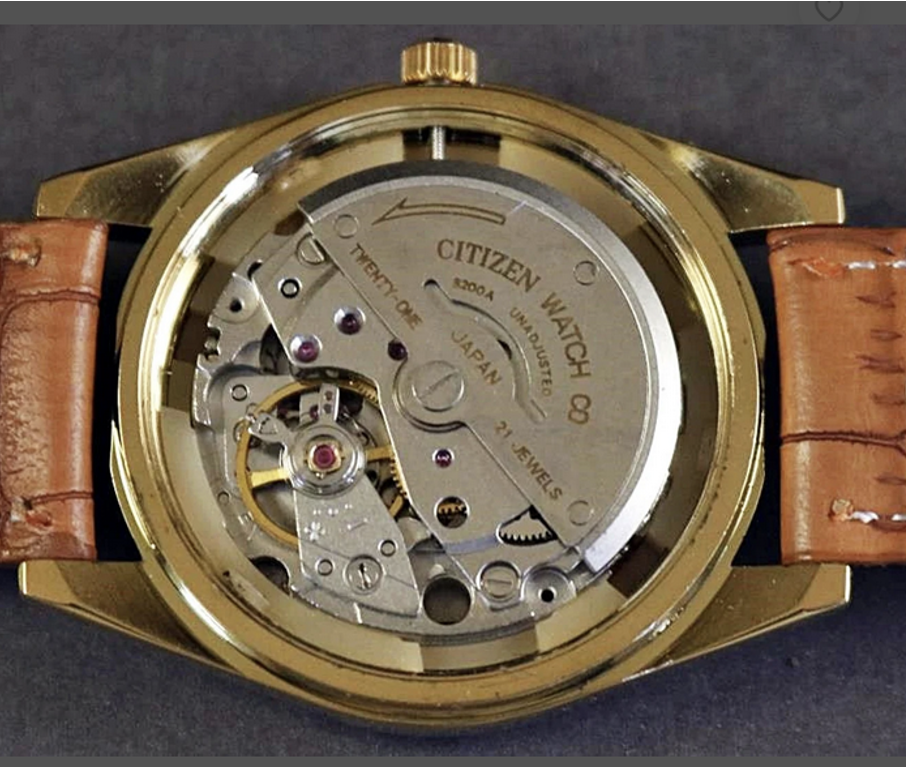This series is designed to help people to understand modern technology, and become more confident in using computing devices. It is not designed to educate experts.
The author is involved in tutoring older students at SeniorNet, a New Zealand wide organisation. SeniorNet hopes that students will feel more confident in using their computing devices as a result of the learning opportunities offered. This series of articles shares that hope.
Years ago I purchased a Seiko quartz watch because I wanted something reasonable on my wrist.
It served me well for years, until it had a nasty accident when we lived in Dunedin. It got onto the road and had cars driving over it all night, and it was never the same again. At least the time was correct twice a day, but unfortunately, it never ran again and was not worth getting fixed.
Fast forward to this year. I had been watching a series of videos on YouTube on a channel called Wristwatch Revival. This channel features an amateur watchmaker taking apart vintage watches, repairing and servicing them and putting them back into use again. You can see these videos here.
This sent me down a series of rabbit holes with questions like:
What is time?
In physics, time is defined by its measurement: time is what a clock reads. Einstein’s Special Theory of Relativity determined that time is relative – in other words, the rate at which time passes depends on your frame of reference. He said the faster a clock moves, the slower time passes according to someone in a different frame of reference. By the time I had got to here my head was ready to burst, so I left trying to define time and thought about measuring time.
As in most things there are organisations and people who work out how much of something equals something else. Length, weight, time etc. Time has been measured over time (did you see what I did there?) by breaking it down into smaller bits. First it was a year because the Nile flooded, and the farmers used that to work their fields. Night and day, seemingly eternally. Noontime using the shadow of the sun. Eventually people decided that the day was divided into 86,400 bits called seconds (don’t ask, I don’t know why), and the base time unit was 1/86400th of a day.
How is it measured?
Having decided that a second was that long, how to measure it? The history of clocks is detailed at Wikipedia. Men (and probably women as well) have been inventing ways to measure time. In my lifetime measuring time has gone from mechanical (the swinging of a pendulum) to nuclear, the measuring how many times a Caesium (or Cesium if you are American) atom vibrates when you excite it with microwaves. It turns out that if you count really, really fast you can find out that this happens 9,192,631,770 times a second under the right conditions.
Unfortunately, having measured and quantified a second it’s been found that the earth doesn’t keep good time. The earth’s rotation can be affected by the complex motion of its molten core, oceans, and atmosphere, the effect of celestial bodies such as the Moon, and possibly changing climate, which is causing the ice at Earth’s poles to melt and freeze. Even earthquakes can affect the rotation. The upshot of all this is the earth’s rotation is slowing. Analysis of historical astronomical records shows a slowing trend; the length of a day increased by about 2.3 milliseconds per century since the 8th century BC (I decline to join the modern fashion of using BCE). So we need to insert leap seconds into our clocks every so often to keep them in time with the wonky old globe we inhabit.
What is the “Watch Scene”?

People have been collecting watches and clocks as part of this fascination with time and, like cars, some people have been changing watches by adding bits, changing cases and dials, and generally mucking around with what came out of the factories. Some collectors, like philatelists, want their watches to be absolutely as produced. Others like boy racers with their cars want to bolt on all sorts of extras. Me, I just want a reliable watch that looks good.
Some years ago Mrs Korau gave me a nice electronic watch that keeps very accurate time. I can check this by setting it with an on line service such as https://time.is/ and seeing how much difference there is after a day/week/month. There appears to be less than a second a week, so it’s pretty accurate. But I hanker after a more traditional timepiece (we have a grandfather clock in the front hall as well) so I’ve been looking at second hand mechanical watches.
I have been looking at watches on a trading site called Etsy. I wanted to see what these watches may cost. Etsy seemed to feature a lot of low priced vintage watches from India. Compared to Ebay they were often much cheaper. I carefully read the descriptions of the watches on Etsy, and found that the watches featured vintage movements and replacement cases, dials and hands. So while they had old movements some of the more visible parts were replacements, and they could NOT be considered originals, but a mix of parts. I also found that some of the Indian watchmakers engaged in dubious practices in servicing and building some of their watches.
Because the watches are often an amalgam of bits and pieces, they are sometimes called frankenwatches, after the monster created in the Gothic novel Frankenstein by Mary Shelley. They are also sometimes known as Mumbai Specials.
I decided to put a few dollars down to see what I would get for my money. So I ordered up a Citizen based watch with a new case etc. on the 5th October.

The photo looks good, with a number of shots of the watch, including the back and works.

What I Got.
The expected delivery date arrived, and still no watch. This despite my having received an email from Etsy telling me the seller had sent the goods weeks before. I messaged the seller and he told me a story about Indian Customs holding up the goods. I didn’t believe him, and allied to the fact he was showing a receipt from India Post confirming the goods were (allegedly) going through Mumbai on the 26th October. However, I agreed to wait a little longer.
Still no watch had eventuated by 8 November so I initiated the refund procedure. Payment had been via Paypal, and they handled the refund. I had checked that there were refund procedures in place before I even ordered the watch, so colour me suspicious. I received a confirming email from Paypal that funds would be deposited back into my credit card account in short order.
So, as with all overseas purchases, make sure you read and understand fully what you are buying. In the Etsy case the description that the watch wasn’t “original” was correct, but spread over more than one page. So I understood what I was buying. Then I had looked at the seller’s reviews. These are of mixed worth. But at least gives an overview of what others may have experienced (no other reviews mentioned non receipt). And finally, make sure there are refund procedures should things go pear shaped.
An interesting exercise, but disappointing that I didn’t receive the goods.
And finally, I completed a review of the transaction. As a non receipt you can imagine the transaction was completely unsatisfactory to me, and the rating I gave reflected this. The seller was upset about this but as I pointed out, non-receipt was totally unacceptable, whatever the reason . C’est la vie!

